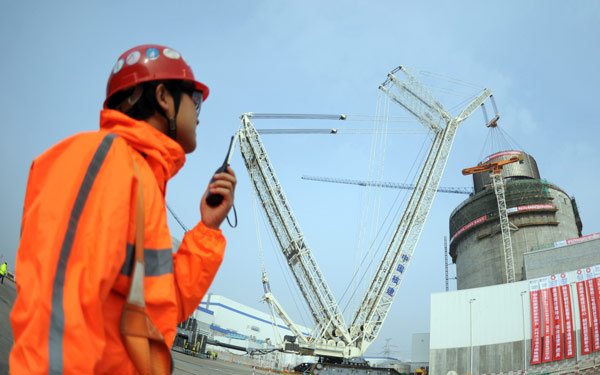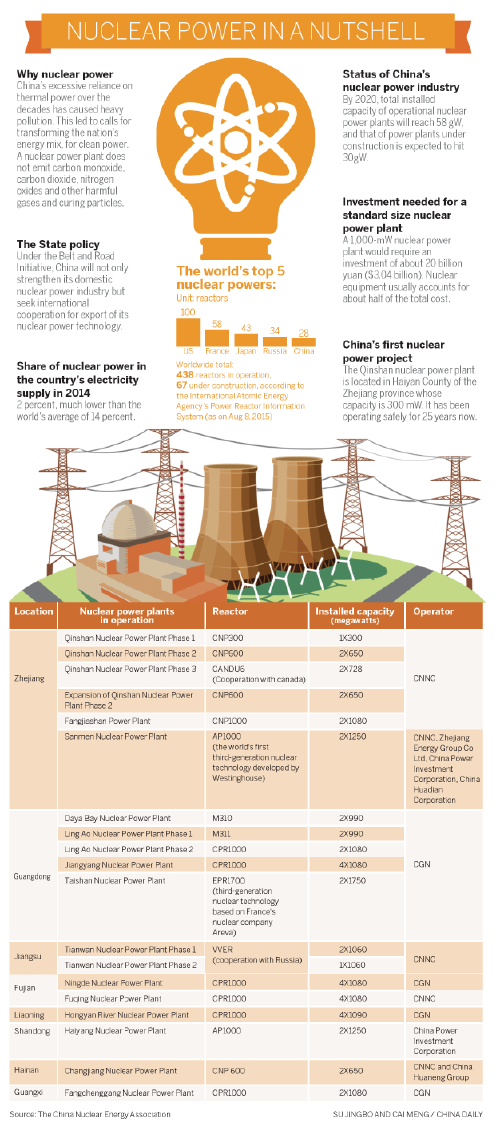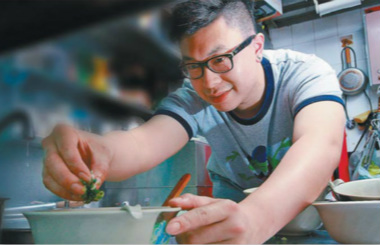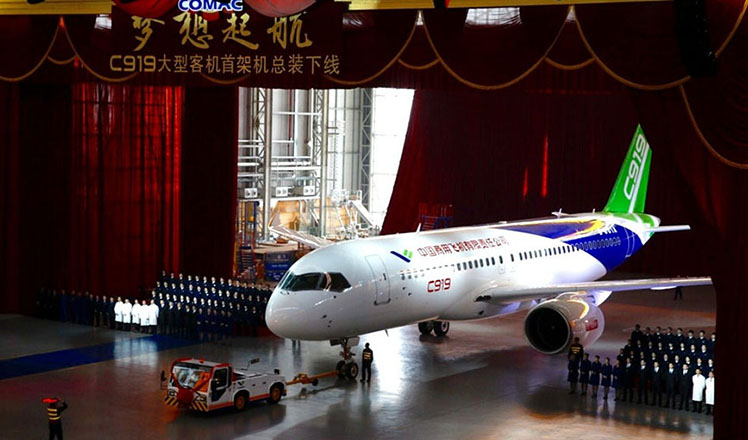More export, wide use at home are nuclear's goal
Updated: 2016-01-25 07:20
By Lyu Chang(China Daily)
|
|||||||||||
 |
|
A worker talks to a crane operator with a walky-talky at a nuclear power plant construction site in Shandong province. [Photo/China Daily] |
Export of indigenous technologies and 10% share in domestic energy mix are future goals
Last year's big-ticket developments in China's nuclear power industry signify two key themes: the country's inexorable shift towards clean energy, in line with its commitment to be a responsible, climate-conscious economic giant, and its determination to be a leading global nuclear player in the decades to come.
As many as six nuclear reactors went online in 2015. The authorities concerned gave permits for the construction of eight more domestic reactors.
As for exports of nuclear technology, in November the country signed a $6-billion deal with Argentina to build a nuclear plant, the South American country's fourth. In United Kingdom, three nuclear power plants are likely to be built with possible Chinese nuclear technologies.
Last week China signed an agreement with Saudi Arabia to develop home-grown fourth-generation nuclear technology in the Middle East country.
But what helps China to stand out from the nuclear crowd is its stress on innovation, safety and popularization of its technologies, experts said.
Nuclear power is firmly etched into China's 13th Five-Year Plan (2016-20). According to the National Energy Administration, China's 28 nuclear reactors in operation have an installed capacity of about 25.5 gigawatts. The nuclear plants now under construction and those approved for construction would collectively generate an additional 30 gW in future.
Xu Yuming, deputy director of the China Nuclear Energy Association, said the current program would see the country emerging as the largest market for nuclear power plants. But, the priority is safe development of nuclear power and increase in the percentage of homegrown nuclear technology in the global market.
"Speed (of executing nuclear power projects) is not the goal. We should put safety above everything, and improve our ability to innovate and develop our own technologies for use domestically, while at the same time paving the way for their export, as per the new five-year plan," Xu said.
The safety-first principle became paramount after China suspended approvals for new reactors in 2011 in the wake of the Fukushima nuclear crisis in Japan, and went in for a review of safety standards at existing nuclear facilities.
In March last year, the government okayed construction of units 5 and 6 of Hongyan River nuclear power plant in northeastern Liaoning province, the first such project to receive approvals in four years.
From then, China started to ramp up electricity generation at its nuclear power plants, which gained currency as clean, abundant sources of energy with potential to fuel a high-growth economy.

Related Stories
China Nuclear to bring nuclear power to Saudi Arabia 2016-01-21 07:28
Chinese nuclear company plans marine reactor by 2020 2016-01-15 08:03
Nuclear venture formed to design third-generation reactor 2015-12-30 20:28
China has world's largest nuclear power capacity under construction 2015-12-30 10:14
Thai company joins China's nuclear project 2015-12-25 08:04
Today's Top News
Global push
AIIB chief vows to run clean, lean, green institution
'More Europe' to deal with 'triple crisis'
China gives beleaguered Tsipras a helping hand
China injects note of confidence in Davos
China and Gulf nations resume free trade talks
IMF starts to select new chief
Merkel insists on European solution for refugee crisis
Hot Topics
Lunar probe , China growth forecasts, Emission rules get tougher, China seen through 'colored lens', International board,
Editor's Picks

|

|

|

|

|

|






